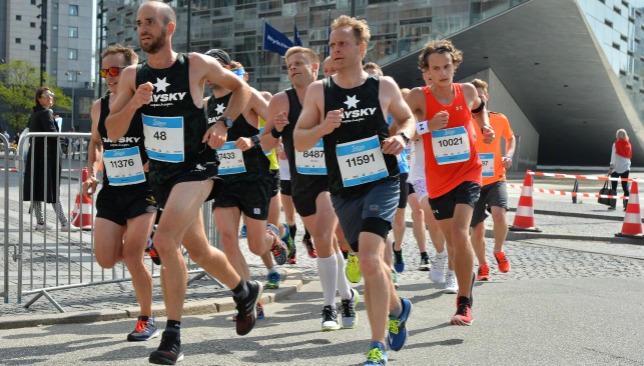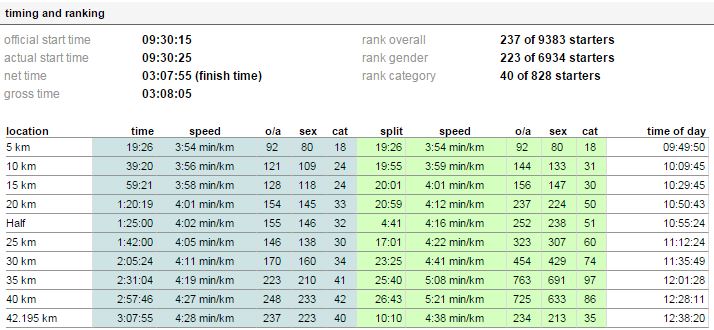
I recently competed in the Copenhagen Marathon, my third competitive run covering 42.195 gruelling kilometres in 2016, and it was probably my toughest.
The course itself was relatively flat but beautiful, with picturesque streets complimenting positive crowds to cheer you on at every corner and straight.
The route started at the city’s harbour front on Islands Brygge, continuing through Inner Copenhagen, Osterbro, Norrebro and Vesterbro and then back to the initial starting point.
It was unique that you could virtually take in a panoramic view of Copenhagen while crossing the Langebro Bridge and a few short cobblestone stretches added to the run’s character, along with the fact you see much of the grand cityscape.
It was a hot Sunday, too. The temperature was around 20 degrees Celsius throughout the day, which made for ideal running conditions although it did feel humid.
I entered the race injury-free and I set my sights on breaking the three-hour marathon mark for the first time in my running career.
And if I was to achieve this feat, I knew I had to almost go for broke. I was one of the first 30 runners or so to set off from the start line and I made sure I stayed as far ahead of the three-hour pace group as possible.
I felt in a good place and it was my tactic to stay in front of the pack, rather than nagging behind and looking to make up lost ground at the end.
I ran my first 10km in 39.20 minutes, averaging 3.56min/km and was well on course for my target at the half-way stage, completing the half-marathon in 1:25:00 at a pace of 4.02 min/km.
Like in cricket, if you can get ahead of the run-rate early in a chase, you stand a good chance of winning. I was around 10 minutes or so ahead of my target three-hour mark and it was a case of just maintaining my original pace.
One area of my running that I’m trying to work on is my nutrition during the race. In truth, I don’t take on sugar boosters or consume much liquid before or during a marathon.
Whether or not this is the right way to go, scientific research into long-distance running probably proves otherwise, but it works for me as I then stock-up when I feel the desperate need to.

Otherwise, my body is too tempted to go into a recovery mood sooner than it should.
With all that said, I started to lag in the early 30 kilometres. As you can see from my run statistics above, my 5km splits started to go beyond the 20-minute pace frame and I started to lose some momentum.
I knew my time and ultimately end-goal was starting to suffer so I tried to dig in for the next five or so kms. I stopped for refreshments at the 32km point and I looked behind me to see the three-hour pace group coming up fast.
I attempted to stay with them but couldn’t hang in there.
Eventually, I passed the finishing line in 3:07:55, with a sprint finish and personal best time, and one I was happy with. I knew it could have been quicker but it gives me plenty to work on for next time.
In hindsight, could I have stayed with the pacesetters throughout? Maybe, but I think most runners take a learning experience away from every marathon and it can help them for next time. That’s the way I’m going to look at it.
I’d say running marathon can be as much of a mental battle as it is physical.
Coming off the back of marathons in Dubai in January (03:12:22), Barcelona in March (03:19:30) and now this one, I don’t tend to change my post-race formula too much.
I give my body three to four days to completely recover but during this time I do regular gym work and I then start light running at a reduced pace.
It’s crucial for me to try and get the wheels into motion sooner rather than later, and I find that having a sports massage is important to iron out muscle stress, tightness and general soreness.
I am currently planning my schedule for the new marathon season, so please get in touch with me on [email protected] or @Stuart_Appleby on Twitter should you be reading this and have any thoughts or ideas.
I wore Under Armour Middle East‘s running products throughout the run and check out my full review on Sport360.com, click here.
I have to make a special mention about the Under Armour SpeedForm Slingshot footwear I used, as they were light, comfortable and durable – perfect for a long-distance pursuit.